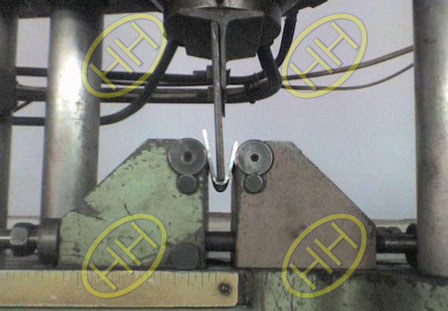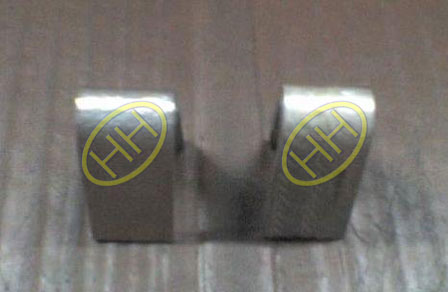This part of ISO 3651 specifies methods for the determination of the resistance to intergranular corrosion of ferritic,austenitic and ferritic-austenitic (duplex) stainless steels in media containing sulfuric acid.It also specifies the purposes which may be assigned to the test.(What is intergranular corrosion in metal material?)
The test methods included are:
—Method A: the 16%sulfuric acid/copper sulfate test (Monypenny Strauss test);
—Method B: the 35% sulfuric acid/copper sulfate test;
—Method C: the 40% sulfuric acid/ferric sulfate test;
The methods are applicable to stainless steels supplied in the form of cast,rolled or forged products and tubes and intended for use in a mildly oxidizing acid medium(for example,sulfuric acid,phosphoric acid)

- Intergranular Corrosion Testing Equipment
ASTM A262-Standard Practices for Detecting Susceptibility to Intergranular Attack in Austenitic Stainless Steels.
These practices cover the following five tests:
Practice A–Oxalic Acid Etch Test for Classification of Etch Structures of Austenitic Stainless Steels.
Practice B–Ferric Sulfate–Sulfuric Acid Test or Detecting Susceptibility to Intergranular Attack in Austenitic Stainless Steels.
Practice C–Nitric Acid Test for Detecting Susceptibility to Intergranular Attack in Austenitic Stainless Steels.
Practice D–Copper–Copper Sulfate–Sulfuric Acid Test for Detecting Susceptibility to Intergranular Attack in Austenitic Stainless Steels.
Practice E–Copper–Copper Sulfate–50% Sulfuric Acid for Detecting Susceptibility to Intergranular Attack in Molybdenum-Bearing Cast Austenitic Stainless Steels.

- Intergranular Corrosion Testing Specimen
Susceptibility to intergranular attack associated with the precipitation of chromium carbides is readily detected in all six tests.(SGS carried out Intergranular Corrosion Test to stainless steel elbows of Haihao)
Extra-low–carbon grades,and stabilized grades,such as 304L,316L,317L,321,and 347,are tested after sensitizing heat treatments at 650 to 675°C (1200 to 1250°F),which is the range of maximum carbide precipitation.These sensitizing treatments must be applied before the specimens are submitted to the oxalic acid etch test.The most commonly used sensitizing treatment is 1h at 675°C (1250°F).







